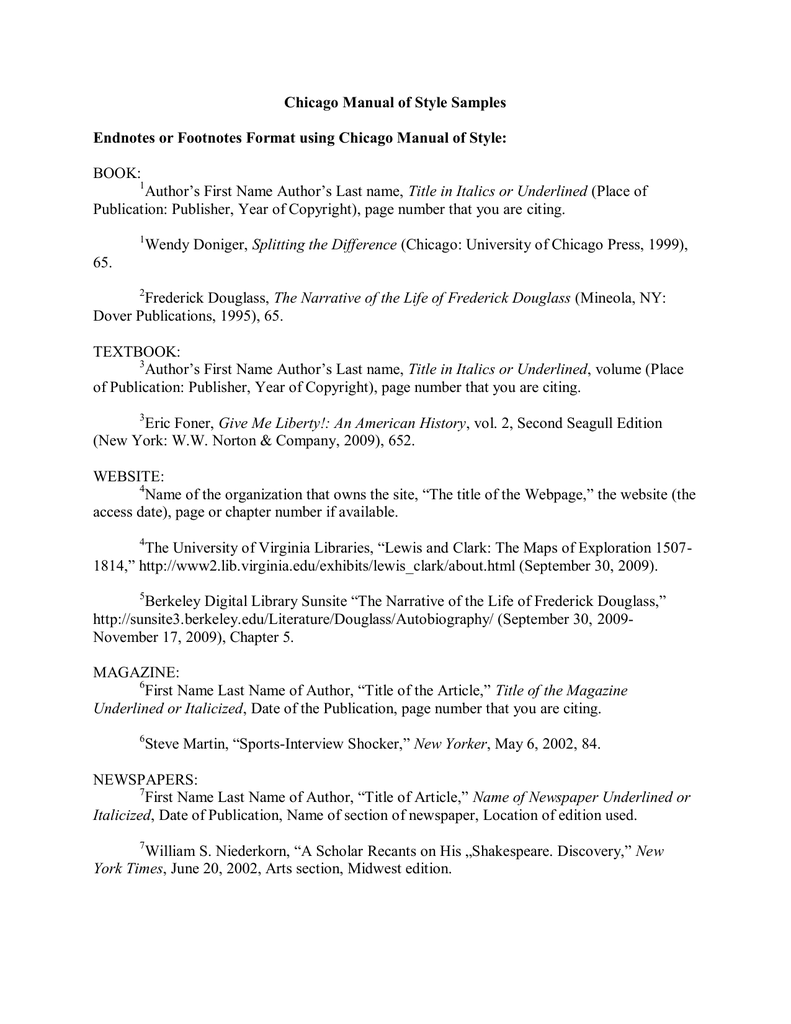

Which for non-fiction, isn't really a book (as chapter notes or page footnotes impeed readability, hence the widespread use of endnotes in non-fiction).

Without special script, the book file does not have an index or endnotes. Be aware: The book file offers only a TOC and page footnotes or chapter notes, but nothing more. None of this lack of functionality is pointed out for the book file in the InDesign Users Manual, which even sort of implies that the book file will get you an index and footnotes, as the user like me naively thinks that if book file provides for the TOC, it would also provide for an index and footnotes. indd docment file to then add the index and endnotes? Is that the way to go? Also, another blog ( ) points out that the hyperlinks can easily be lost, never to be retrieved again, using the book file, so watch out for that.

It would be nice to have a way to keep chapters separate, so if one chapter becomes corrupted, it doesn't corrupt the whole document, but this misnamed "book file" doesn't really do that, if in the end, you don't have a real composite document with which to have one index and one endnote section. Is this correct? It seems as if the book file (.indb) could be changed in name to "composite file," but that isn't really accurate either as it is not a working composite file, other than for a TOC and page numbering. So, unless I hear otherwise, I'm going to avoid the book file (.indb) and keep all the chapters in one regular InDesign document (indd.) to use, which allows for the TOC, the index and the endnotes, all of which are built into the. I was about to use the book file, but no more. Is this correct? As I'm about to use InDesign to publish several standard non-fiction books from 200 to 600 pages each, and each book needs an index and endnotes at the end of the book. So, to summarize, the book file (.indb) doesn't create an index or endnotes without special script.


 0 kommentar(er)
0 kommentar(er)
